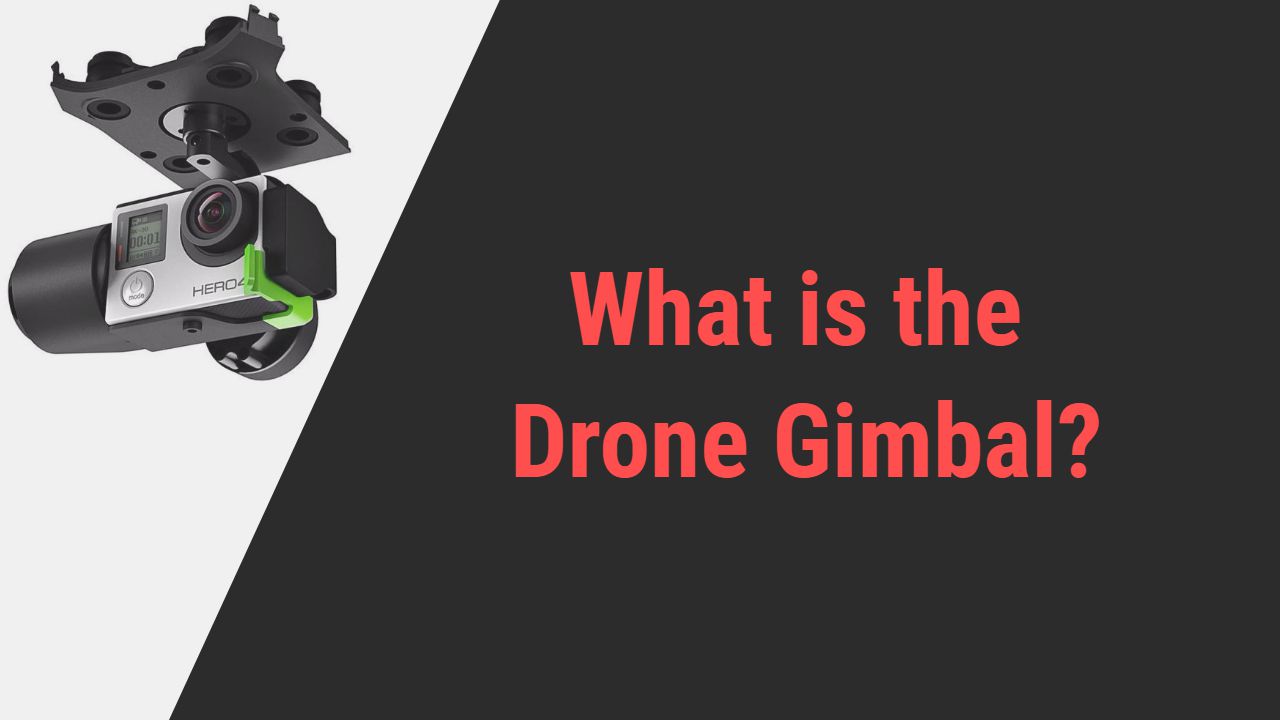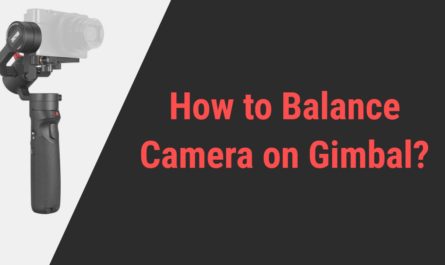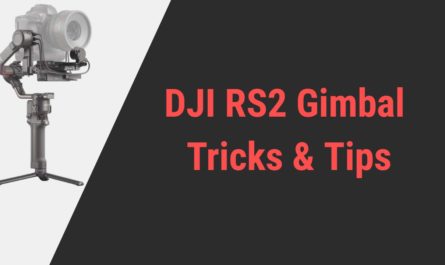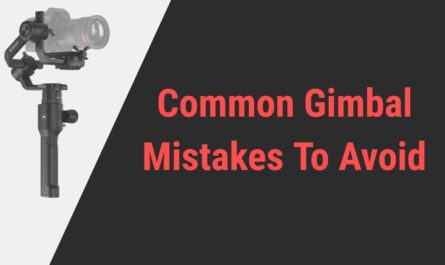Hobby, Profession, or Passion: No one likes the shaky, blurry shots. The oddity of performing the shooting with your bare hands is highest, which incorporates the massive quivering, movement, and vibrations making your footage fuzzy and cloudy.
This is why they have brought the almighty camera stabilizer into action. Gimbal is a tool that has been used for decades, acting as a shield from the disruption caused by movement. In simple words, the gimbal Compensates for the camera’s shakiness and maintains the streak of flawless cinematic shots.
Above the gimbal itself, the filmmaking surrounding now uses this outstanding drone gimbal, a potent tool that carries a camera in order to get some clear, sharp shots reducing the unwanted camera shake.
So is the drone gimbal being a simple device that prevents quivering in order to get stabilized shots or something more? Do its creative abilities limit here, or is any other interesting fact that can amuse the photographer inside you. Read along to know everything about these Drone Gimbals.
Theory of Gimbal and Stabilization
People have been facing a strong sense of blurriness and fuzzing aspect in their cameras while intending to film the professionalism by holding the camera with a bare hand.
This is the reason the stabilizer term came into existence; a Camera stabilizer or gimbal is basically a support system that compensates for the camera shakes by fixing the camera at the same angle while it continues to move and shoot. The Gimbals are usually configured with the intelligent sensor and algorithm to perform the whole operation.
These Gimbals are innovative devices used by professionals; so do drones. Drones are the effective creation of science that gives ease, comfortability, and immense steadiness altogether.
So, what do you say about the ethical mingling of both drone and gimbal competency? This is what a drone gimbal actually is. Let’s explore more about this Drone Gimbal.
What is this Drone Gimbal?
The term “Drone” usually refers to an aircraft with no pilot theory. From Military to general commercial and now to hobby, the evolution of drones has seen rapid ups. The Drone Gimbal is a fascinating piece of tool or a support system potent to carry a camera to shoot a better version of the scenario.
Now the camera in the Drone Gimbal is stuck at the same angle, compensating for all the minor motion, while the gimbal itself remains moving in the direction of shooting, getting more creative aspects of the scene. This Drone Gimbal has been associated with intelligent features and an anti-vibration algorithm that reduces the camera trembling, grabbing accessibility over the more stable video footage.
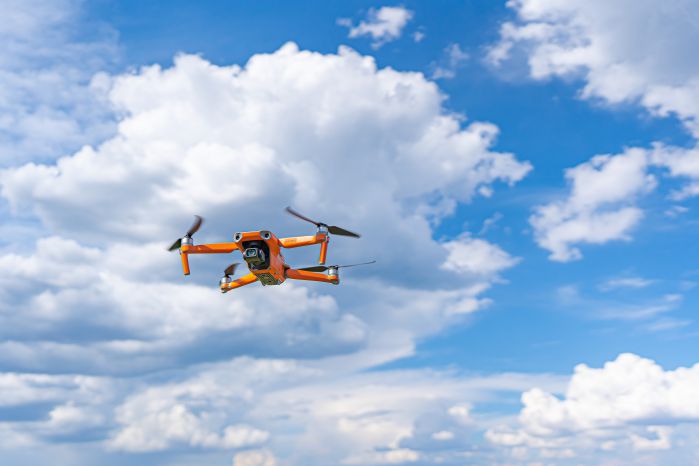
The Drone Gimbals have become widely popular because they are the simplest and most comfortable, and they give assurance of steadiness in film, which is all done by electronic techniques and sensors.
Now isn’t this extremely fascinating how a device allows the camera to stay steady without any movement while flying in the air? Let’s see how it’s possible.
How does the Drone Gimbal work?
Gimbals are a high-technology cooked tool with a sophisticated design that is configured with a motion-detecting system. It basically grants freedom to calibrated electronic motors and sensors to do the job of preventing any movement detected across all axes.
These Drone Gimbals have been growing with a large fandom; the market does include their two major variations;
- First, the gimbal with a separate unit for the camera to mount
- Second the entire Gimbal unit with an integrated camera.
The physical outer design of the Drone Gimbal is exceptionally straightforward, and so does the internal engineering and configuration. The stabilization mechanism used by the Drone gimbal is much more similar to the regular gimbal.
The Drone Gimbal does too come with a camera mount and three separate axes with the individual motor on each axis. The working strategy used by the Drone Gimbal is as follows.
- The drone gimbals can also use the tactic to stabilize the undesirable movement with three different axes; Tilt (pitch), Yaw (Pan), and roll.
- The Inertial Measurement Unit (IMU), consisting of Gyroscopes and accelerometers, takes the functioning in hand and does the stabilization as the traditional gimbal uses.
- The mechanical forces engaged during the flight are transformed into the electronic signal, which is passed on to the controller.
- The controller is called the brain of the gimbal, the unit that gets the data of movement and gives commands to take the suited action.
- The procedure of converting mechanical force into the signal is done by the Micro-Electro_Mechanical-System (MEMS)
- This MEMS is so powerful that it can sense a gust of wind or the tiniest movement and precisely pass on the information of direction and force to the controller.
- In the next immediate moment, the controller grants command to the motors to balance the shakiness in the area.
Type of Drone Gimbal in Market
Drone Gimbals promise the authenticity of shooting stability; they are the perfect fusion of creativity and convenience. It’s a magnificent advancement in our rapidly growing digital era.
These Drone Gimbals proclaimed a wide range of fandom, with their different variations and different characters. There are numerous types of Drone Gimbal flooding the market, including
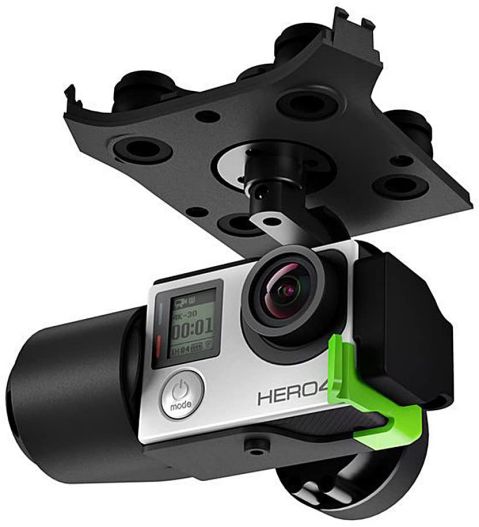
Fixed Drone Gimbal
The fixed or One-axis Drone Gimbals are rarest to find, which are engineered with the single-axis to manage the quivering. They usually have a single bar to hold the camera, ideally for the small camera.
However, they are widely used because of their lightest weight and compact design. They are not as durable as the other Drone Gimbals, but they came up with the cheapest price tag.
They are empowered to balance the shakiness through the tilt-only.
Two-Axis Gimbals
The two-axis Drone Gimbal uses two axes to prevent the trembling and stabilize the shot. They are capable of moving in two directions to get better-quality footage.
The two-axis drone gimbals are heavier than the fixed, but they are profoundly durable with sturdier bodies, trained to work under any harsh climate. They might cost a little extra than the Fixed one. The brushless motor keeps operation nearly silent, which is stunning.
They work through both the Tilt and Roll axis to provide steadiness.
Three-Axis Gimbals
The most popular and versatile of all, Three-axis Drone Gimbal is an incredible invention that gives the ethical assurance of getting fascinating high-quality footage. This gimbal has the three brushless motors fixed at all the individual axes, guaranteeing accuracy.
Nevertheless, they do have a high-power consumption rate and a high price. Above all, they are also larger and bulkier than the other drones’ gimbals, but they do have a majestic steadiness keeping it stably balanced in the sky.
These have the ability to balance the shot with Tilt, Pan, and Roll axis.
Why do you need a Drone Gimbal?
No explanation is needed to specify the amusing capabilities the Drone gimbal has; it’s totally giving the thrill of dream-coming-true vibes through its artistic ability to balance the unwanted camera shakiness effortlessly.
But that’s not how the Drone Gimbals limit their unrivaled competency; there’s more. Scroll down to know what creativity they can perform, making itself essential for every professional photographer.
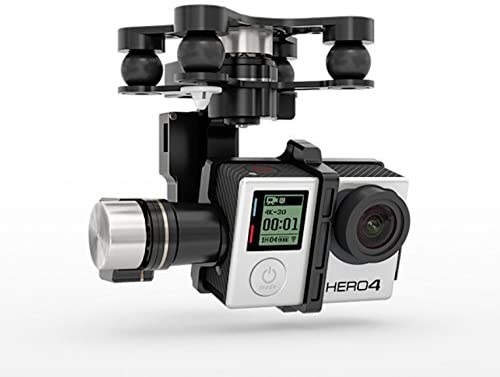
- Forget the shaking bad impact in your footage; the drone gimbals take the most mesmerizingly steady shoots while flying in the sky.
- Drone Gimbals cut out all the hectic manual work doing, like holding the camera or traditional gimbal for a stabilized shot.
- You can have the artistic aspect and angle of the scenario or subject thanks to the over-rich ability of Drones.
- They give ease of filming for prolonged hours without any deepest strain on the hand or back.
- You don’t have to worry about editing anymore because of the professional leveled clarity and smoothness provided in the Drone Gimbal’s shots.
- Drone Gimbals effortlessly open the opportunity for Aerial photography or other formal or commercial filming.
- Tackle the harsh climate condition with durability and gives you a unique and creative perspective shooting by reaching the hard-to-reach areas with proper steadiness.
- Less Time consuming with a more cinematic shot and under an affordable price range.
Best Drone Gimbal option to pick?
YUNEEC E90X 3-Axis 4K Wide-Angle Drone Gimbal
Another Masterpiece with the creative ability grants increased resolution footage with improved clarity, low-light experience, and smoothest operation. This allows you to shoot up to 4K videos with 100 MB/s.
DJI Mavic 2 Zoom Drone Gimbal
The sizzling DJI Mavic 2 Zoom comes with a fantastic optical zoom lens, tons of upgraded algorithms, and the longest powerhouse. This is potent to shoot ultra 4K with a 2X optical zoom lens with 31 minutes of flight time.
Wrapping Up
So, it must be crystal clear till now what a Drone Gimbal is? And how innovatively it led a photographer towards the most cinematic shot, compensating for all that unnecessary shakiness and trembling effect. These Drone Gimbals are the best solution if you are looking for some high-quality pictures with the adequate stabilization present.
Not only these, but you have also noticed how this Extra-potent tool keeps the user’s ease and convenience in mind, so that’s it; this is the ultimate option you have been waiting for. Go get your hands on one of these exquisite high-tech creations and rule the world of the remarkable filmmaking world.

